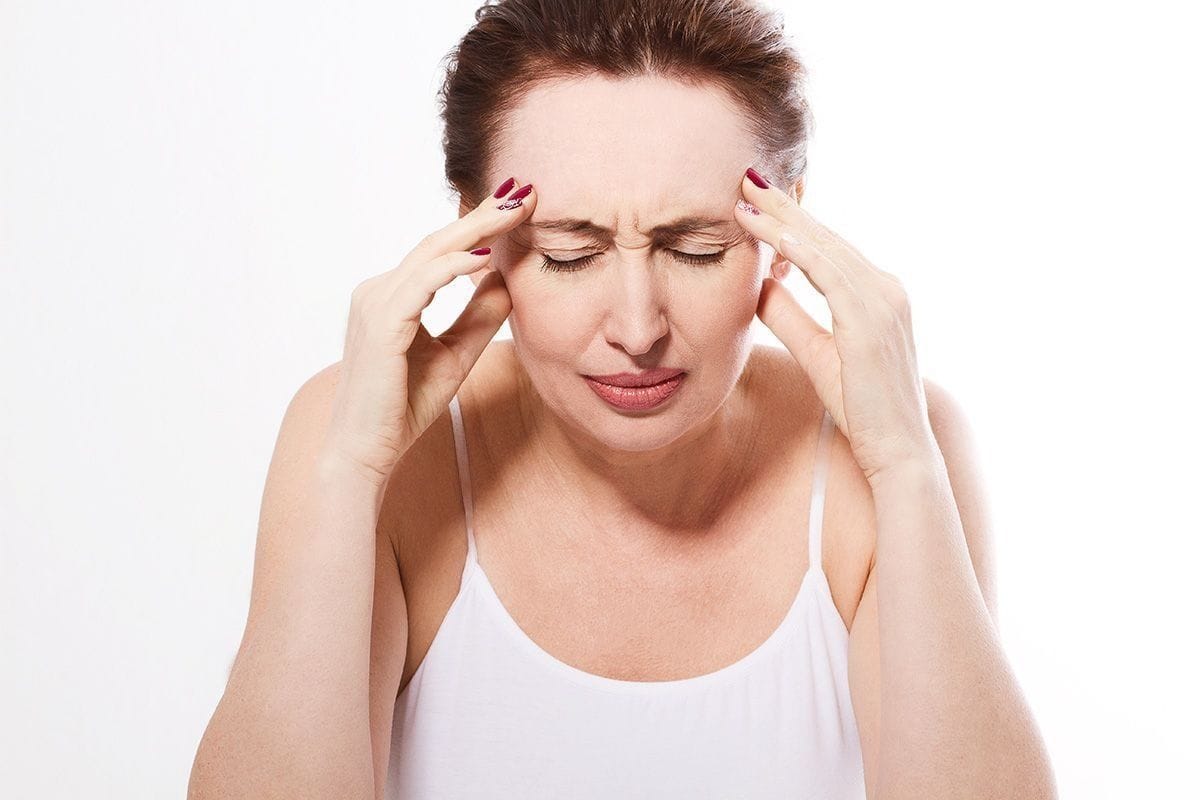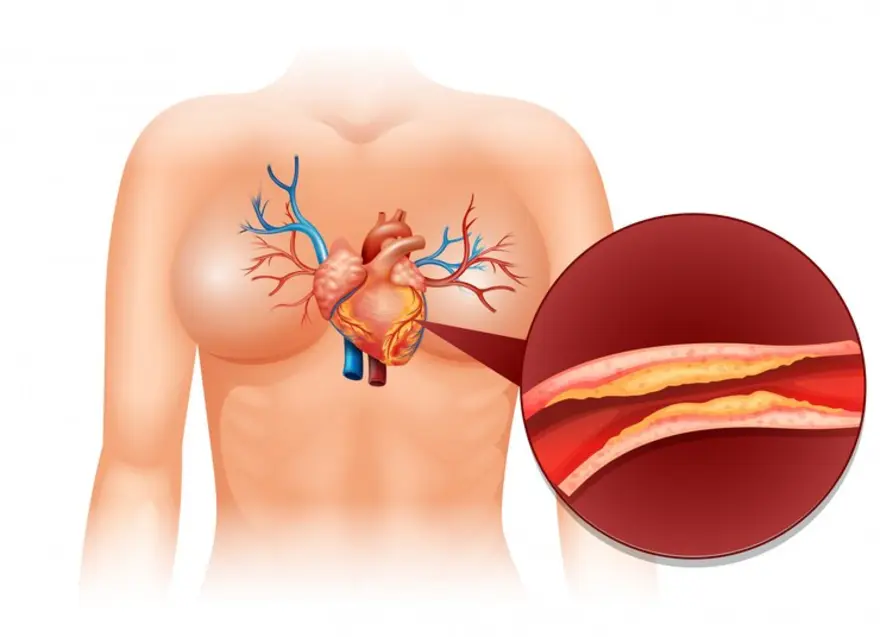Testosterone in women
All About Testosterone in Women
Testosterone is mainly a male sex hormone that becomes highly active in males as they reach puberty and starts to dip after age 30. It plays a vital role in the development of the male reproductive organs, production of sperm, and the growth and maintenance of muscle mass, sperm count, and energy levels. It also regulates the sex drive in men. However, the ovaries of women and also the adrenal glands produce this hormone too, although in much lower amounts. The main female sex hormone is estrogen, responsible for the development of the female reproductive system, but it mixes with testosterone to support the overall well-being of a woman. Low Testosterone Level in Women The testosterone levels in a woman’s body keep changing throughout life. A small amount of this hormone can make a lot of difference in the quality of their life. Testosterone in the blood of a healthy adult woman ranges from 15 to 70 nanograms per deciliter (ng/dl). The levels of this hormone start to dip between the ages of 20 to 40. Unlike estrogen, which happens to dip abruptly during menopause, no sudden changes in the levels of testosterone can be noted during this phase. However, in some women, testosterone levels can fall below the normal limit post menopause, resulting in a decreased sex drive and other problems. Lower than normal levels of testosterone in the body of a woman can cause one or several of the following symptoms: Weak and brittle bones or osteoporosis Weaker muscles Fatigue Obesity Depression Disturbed sleep Reduced libido Fertility problems Irregularity in menstrual cycles Vaginal dryness There can be more symptoms related to low testosterone levels in women, and the research in this area is still in progress. This condition often remains undiagnosed in women and is mistaken for side effects of menopause. The levels of testosterone in the blood can be determined by means of a blood test. Causes of Low Testosterone Levels in Women The levels of testosterone don't remain the same in women even throughout the day. It naturally decreases as you age, and by the time you reach the stage of menopause, you are likely to have much less testosterone in your bloodstream as your ovaries are no longer producing hormones like before. There are a few major causes of low testosterone in women, such as: As a result of ageing and menopause, both of which are natural If there are problems in the ovaries, pituitary glands or the adrenal glands Due to the medication taken to combat the side effects of menopause Oral oestrogen therapy Treatment for Low Testosterone in Women The best approach to treating low levels of testosterone in women is yet to be fully understood by scientists. Hormone replacement therapy is suggested for men in case of severe imbalance. However, there is limited data on whether it is equally effective and safe for women or not. It might have many side effects, even severe ones. However, you can make some simple improvements to your lifestyle in order to achieve this goal. These changes include: Incorporating proper exercise and a healthy diet into your routine Including calcium-rich foods in your diet for bone health Getting enough sleep during the night Getting therapies for reducing stress Going for therapies to improve libido High Levels of Testosterone in Women Women with high testosterone levels may notice changes in their physical appearance as well as other health problems. There are many contributing factors to this condition. Higher levels of testosterone are usually found in women with: Polycystic Ovarian Syndrome: It is a condition found in women of childbearing age. It is characterised by numerous fluid-filled follicles on the ovary, which hampers its ability to release eggs regularly. To diagnose this condition various test profiles are available, for e.g., PCOS profile 1,2 & 3 which can be selected basis symptoms being experienced by the patient Hypothyroidism: There happens to be a connection between hypothyroidism and high testosterone levels. Hypothyroidism can cause the production of sex hormone-binding globulin or SHBG to decrease, resulting in an upswing in free or bioavailable testosterone levels. Congenital Adrenal Hyperplasia: It refers to a group of rare genetic disorders and involves the adrenal glands. It can result in the excessive production of testosterone hormone. Unhealthy lifestyle: Unhealthy lifestyle can cause major hormonal imbalances in the body, leading to a rise in testosterone levels. Symptoms Indicating High Testosterone in Women Some common symptoms of high testosterone in women are: Severe acne, which is also known as hormonal acne Excessive facial hair Balding or receding hairline Increase in the muscle mass Irregular periods Low sex drive Frequent mood swings Infertility Obesity Reduction in the breast size Treatments for High Testosterone As high levels of testosterone can have visible ramifications on your health and outlook, there are also treatments that one can opt for. It includes lifestyle changes and also medications. Some medications that are often used to control high testosterone are: Oral contraceptives Metformin Glucocorticosteroids Spironolactone Conclusion Balanced testosterone levels in women allow the body to function with better ease and support their reproductive health. The levels of testosterone in your bloodstream can be found with a testosterone profile test. You can consult your doctor or gynaecologist after a profile test in case of an anomaly and the course of treatment you should follow in order to correct it. Last but not least, a healthy and disciplined lifestyle is the best way to keep your hormone levels under control and ensure overall well-being.
Testosterone: Know Levels in Men and Testosterone Hormone in Female
Introduction You may have heard about testosterone in different contexts, but there’s much more to it than casual conversations. It is a sex hormone that plays a vital role in males and the health and well-being of a person. You may be surprised to know that women also need this hormone for multiple reasons. Let’s find out, in this article, what testosterone is and how it affects your health. What is Testosterone? Testosterone is a sex hormone primarily produced by the male testis and female ovaries, found in humans and animals. In men, it plays a crucial part in developing the reproductive organs during puberty. It also regulates muscle mass, red blood cell production in the male body, and fat distribution. In females, the ovaries and adrenal glands produce testosterone in much lesser amounts. It combines with the female sex hormone estrogen to assist the growth, maintenance, and repair of female reproductive tissues and bone mass. It also influences a woman’s energy levels, moods, and libido. How Testosterone Affects Male Health When a male child reaches adolescence, testosterone production in their bodies rises and continues till the age of 30, after which it starts to diminish. During this period, it significantly contributes to the development of the body. The testosterone levels in the body can also influence a man’s mood. The roles played by testosterone in men include: The development of male reproductive organs. The gradual voice change during adolescence. Growth of facial and pubic hairs. In later life, it might also lead to male pattern balding. The growth and strength of muscles and bones. Production of male reproductive gametes or sperms. Regulates libido. Sperm production. Lower Testosterone Levels in Men If testosterone levels are too low, it might affect the health adversely. You would notice some symptoms due to this, and your doctor might ask you to go for a test to check the testosterone levels in your bloodstream. The average testosterone levels in an adult male's bloodstream range from 249 to 836 nanograms per deciliter (ng/dL). If the testosterone levels are lower than the normal limits or close to the lower limit, then you would require to determine the leading cause behind it. Some causes can include the following. The pituitary gland malfunctions, which sends signals to the testicles to produce the hormone. Due to a chronic health condition, such as kidney disease, alcoholism, AIDS, or liver cirrhosis. Treatments like chemotherapy or radiation can also affect the levels of testosterone. Adult men with low levels of testosterone may experience the following symptoms: Declining sex drive. Low energy levels. Drastic weight gain. Depression. Sudden mood swings. Weak and thin bones. Lessening of hair on the body. Low self-confidence. However, adolescents experiencing symptoms of low testosterone levels could be a sign of delayed puberty. Some symptoms may include less facial or pubic hair, delayed voice breaking/changing, and underdeveloped reproductive parts. Higher Testosterone Levels in Men Higher levels of testosterone mean increased activity of the main functions regulated by it. However, if you wonder whether it means increased strength or higher sex drive, it doesn’t quite work that way. Although a high testosterone level in men may lead to more muscle mass, it has many side effects. When the levels of the male hormone in the body are abnormally high, it gives rise to the following symptoms, Lower sperm count. Damage in the heart muscle. Enlarged prostate. Insomnia. Increase in muscle mass. Frequent mood swings. Overgrowth of body hair. Acne. Stunted growth. One of the major causes of high testosterone levels can be attributed to Testosterone Replacement Therapy (TRT). It is a natural testosterone booster treatment to increase levels, usually suggested to those who experience deficient levels. This treatment is given only to people whose bodies do not produce adequate amounts, resulting in major developmental issues. You can adopt specific lifestyle changes to maintain a healthy testosterone hormone balance in case of minor fluctuations. Testosterone in Women It’s no surprise that women require testosterone for the proper functioning of their bodies. Women's ovaries and adrenal glands also produce testosterone in smaller quantities than men. A proper balance between the female sex hormone estrogen and testosterone is essential for a woman's physical and emotional well-being. Testosterone plays the following role in women, maintaining overall health. It makes bones strong and healthy. It improves the brain's cognitive functions. It regulates sex drive. It maintains and restores reproductive tissues. It supports menstrual health and fertility. It supports breast health. In a healthy adult female, testosterone levels remain between 15 and 70 nanograms per deciliter (ng/dL). If lower than the normal levels, the following symptoms can be noticed: Fertility issues. Lower sex drive. Changes in the breast tissues. Irregular menstrual cycles. Weaker bones. Whereas, if the levels are higher than normal, then you will notice the following signs: Severe acne. Abnormalities in blood sugar levels. Excess hair on the face and also other parts of the body. Polycystic ovarian syndrome or PCOS. Infertility. Obesity. Decreased menstruation. Conclusion Testosterone is an essential hormone, even if incorrectly blamed for all unpleasant, unrefined aggressive, macho, angsty behaviourism. The term commonly thrown in when describing ultra, aggressive dominating behaviour is yet not fully understood. Maintaining proper levels of testosterone in both men and women is crucial. Otherwise, it might lead to damage to both the mind and body. You can check the testosterone levels in your body through a testosterone profile test. However, remember that a single test report reflecting a high or low testosterone level may not indicate anything too severe. You will also have to consider the symptoms to be sure. Always consult a medical expert or doctor about mild to severe symptoms.
 Home Visit
Home Visit Upload
Upload
















 WhatsApp
WhatsApp